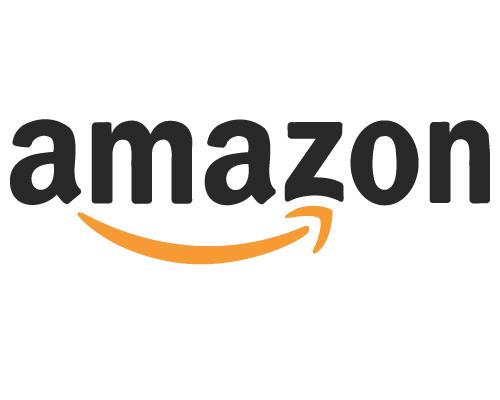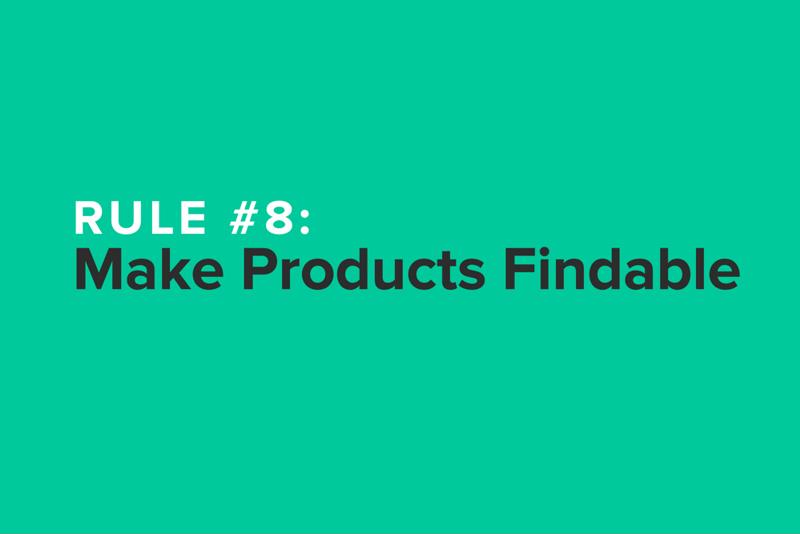Prepping for Amazon Prime Day? Get Your Product Content Ready


Here are 5 tips to help you get your product content ready for Prime Day.
The Takeaway: Amazon Prime Day is upon us! We've compiled some product content tips to help you seize this ecommerce opportunity.
After experiencing inaugural success, Amazon is bringing back Amazon Prime Day this year on July 12. It plans to again offer all of its Prime members exclusive short-term price cuts. Prepare your product content. You might not get your entire product information management game on point by Prime Day, but you can begin to optimize your processes for the era of distributed commerce.
We've compiled a list of five tips to help you get your product content ready for Prime Day.
1. Get all your products on Amazon
Suffice it to say, shoppers can't buy your products on Amazon if they aren't sold on this ecommerce channel. Get every item that you sell on Amazon, because even though you might not be discounting these products, consumers will come across them in their many searches.
"Instead of viewing Prime Day as a liquidation sale to move those low-demand products, instead leverage the massive traffic opportunity to increase visibility to your best-selling products," recommended Pat Petriello, senior marketplace strategist at CPC Strategy. "These products are more likely to convert on the additional traffic of Prime Day and will provide the most value in the long run by getting a boost of sales history which impacts organic search rankings."
2. Ensure consumers can find your product
Once you have your products on Amazon, you need to optimize the titles of those items to help shoppers find them via Google search and directly on Amazon. Consider including one or more of the following to help customers find your product:
- The type of product that you're selling
- The colloquial color of your items
- Sizes (Use numerals instead of spelling out the number)
- Genders
- Materials
- Version or style numbers
- Keywords/search phrases
- The number of items in a bundled product (pack of 10)
On Amazon, you have a 200 character limit to your product titles. The retailer has several other specifications. While it's best to check with Amazon based on your specific product catageory, here's a list of some recent product title guidelines:
- Capitalize the first letter of each word. Do not capitalize conjunctions (and, or, for), articles (the, a, an), or prepositions with fewer than five letters (in, on, over, with).
- Use only standard text, since special characters or symbols like © will not display in the title.
- Do not include price and quantity.
- Do not include information about yourself or your company. If you own the brand, put your
brand information in the brand field. - Do not include promotional messages, such as “sale” or “free ship.” Do not include subjective commentary, such as “Hot Item,” or “Best Seller.”
 Product Content Rule #8 - Read the rest of our " 11 Rules of Product Content"
Product Content Rule #8 - Read the rest of our " 11 Rules of Product Content"3. Create A+ product content
Content26 highlighted the most important elements of product content that A+ Amazon pages (very rich product pages) should contain, and this Prime Day, you should strive to get the best grade possible. That's how you drive conversions and earn sales. Content26 suggested telling your product story with images, cutting down introductory product descriptions to 100 words or fewer, fleshing out the details of your items with bullet points (max of 75 words) and clearly stating benefits and key features in supporting paragraphs.
"Don't forget the art of marketing when crafting product content."
4. Make product content engaging, yet informative
OK, there's the specifics like putting your brand name in product titles and keeping intro descriptions under 100 words. That's the science of product content. But, don't forget the art of marketing when crafting product content.
It's very important to tell a story in your descriptions, as well as help customers picture using/wearing/playing with your products. You need to engage them, while providing them with specific, detailed information. That ensures that your consumers are both informed and excited about your products.
For some ideas on what to include, ask your sales team what common questions shoppers have and consult your marketing team for key phrases that resonate with your customers.
5. Put up (at least three) high-quality images
Our consumer research found that 66 percent of shoppers want to see at least three product images before committing to a purchase. Beyond simply having enough photos or computer-generated product imagery, this Prime Day, ensure that your images are very high-quality and detailed enough for customers to read labels. (For some insight into improving image quality, check out this blog post.)
Prime Day is coming, and it's literally like Christmas in July. In its own promotions, Amazon promises shoppers "more deals than Black Friday." So pull out all the stops and optimize your product content - your sales will reflect your efforts.
Tag(s):
Omnichannel Commerce Strategy
Written by: Salsify
Salsify helps thousands of brand manufacturers, distributors, and retailers in over 140 countries collaborate to win on the digital shelf.
Recent Posts
Ecommerce Marketing
|
12 minute read
The Art of the Impulse Buy: 70% of Shoppers Say Discounts Drive Unplanned Purchases — Here’s Why
Read More
Ecommerce Marketing
|
10 minute read
What Does It Take To Have a Good Brand Reputation in 2025?
Read More
Ecommerce Trends
|
11 minute read
What Is Commerce Media — and How Can It Optimize Your Marketing Spend?
Read More
Subscribe to the Below the Fold Newsletter
Standing out on the digital shelf starts with access to the latest industry content. Subscribe to Below the Fold, our monthly content newsletter, and join other commerce leaders.

.svg)